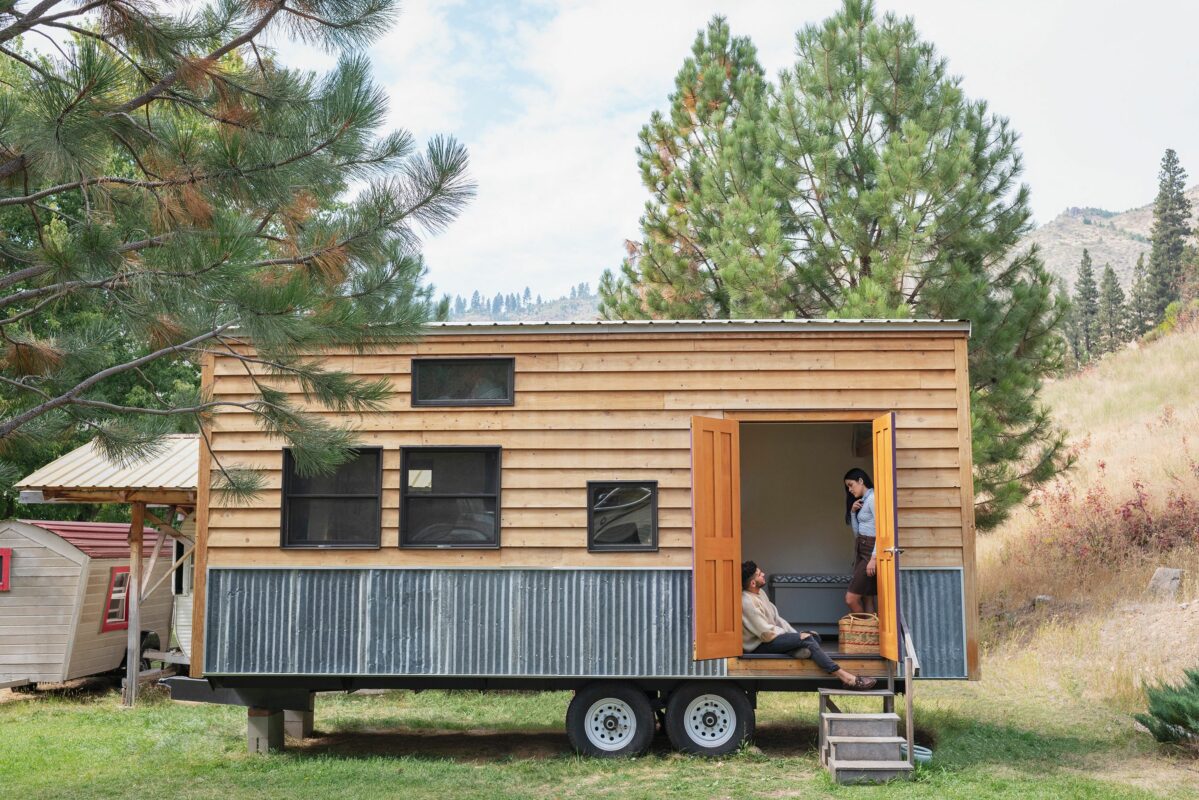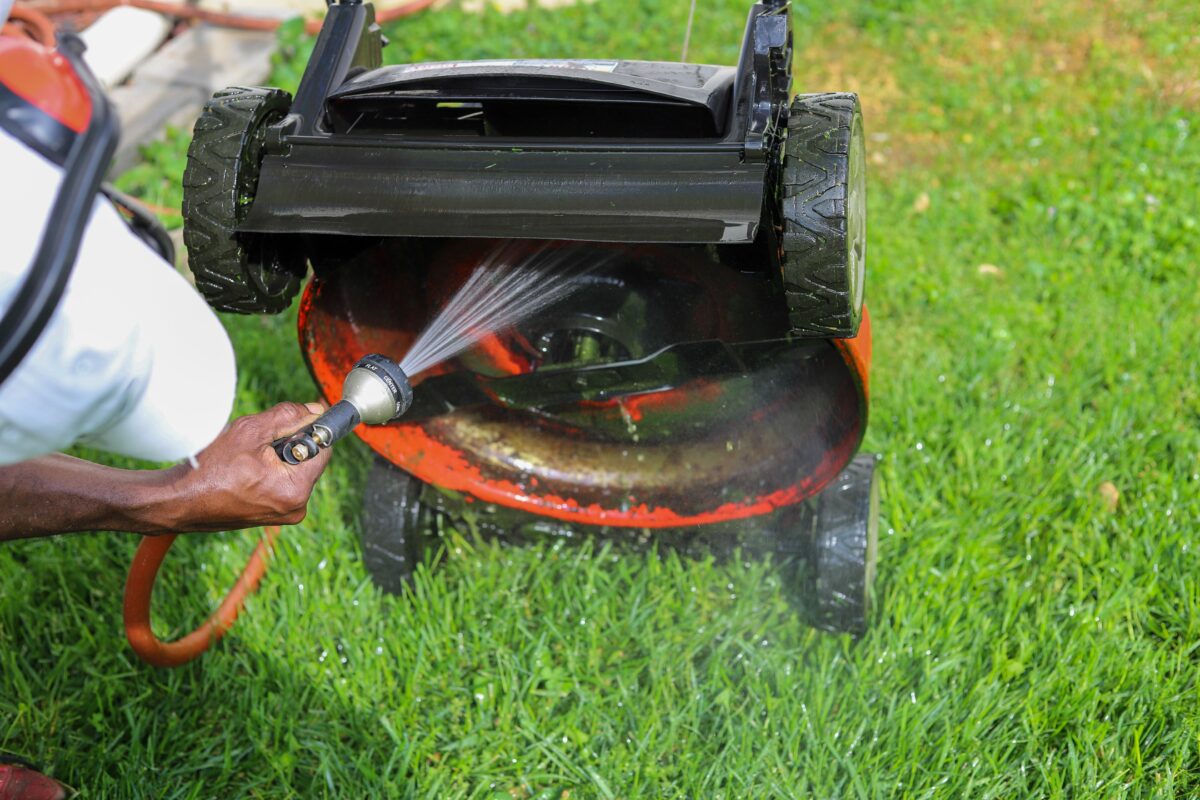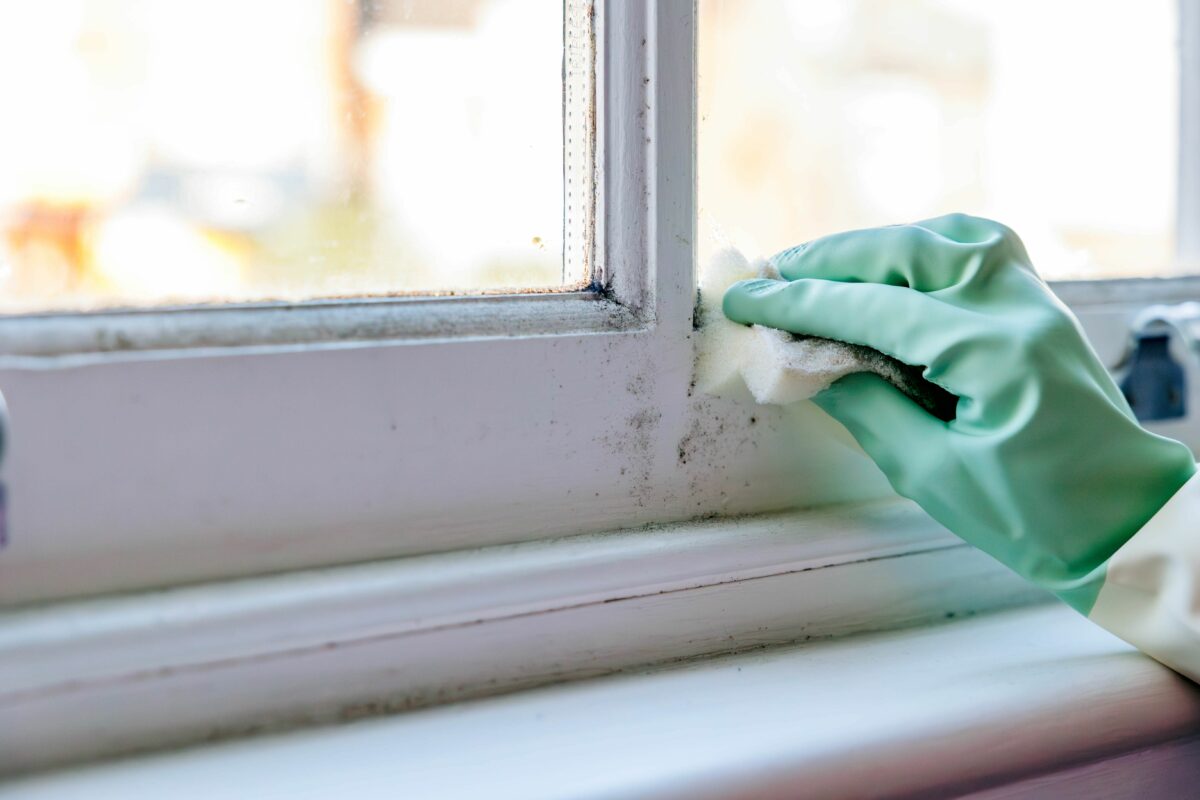A fire extinguisher can be the difference between a minor house fire and the total loss of your home. However, a fire extinguisher is only as effective as its accessibility when disaster strikes. If a fire extinguisher is nowhere to be found when a fire starts, it’s as if you don’t have one at all.
Here’s where you should be storing your fire extinguisher at home and expert advice on how to use a fire extinguisher effectively.
Where You Should Store Your Fire Extinguisher
Here are the most effective places in your home to keep a fire extinguisher on hand.
Each Level of the Home
The more levels a home has, the harder it can be to escape a fire, which is why you should have at least one fire extinguisher on every level of the home. Even if a fire extinguisher can’t fully control the flame, it can grant you brief access to an exit and save your life. “It’s ideal to have a fire extinguisher on each level of the home,” says Courtney Klosterman, home insights expert at Hippo Insurance. “Fire extinguishers are stored best in easy-to-reach places and away from heat sources, such as under the kitchen sink or in entryways.”
Kitchen
It’s no surprise that most house fires start in the kitchen. Additionally, fires that start in the kitchen can spread quickly, as many flammable items like linens and cooking oil are nearby. For this reason, you should have a fire extinguisher easily accessible in your kitchen.
Garage
Garages are another area of concern when it comes to house fires. Garages typically house items like vehicles, flammable liquids and chemicals, tools, and various home components that have the potential to catch fire.
Laundry Room
According to the National Fire Prevention Association (NFPA), an estimated 15,970 house fires involving clothes dryers or washing machines occur yearly. While the heat of the dryer can ignite dust, lint, and other clothing-related debris, even washers are to blame, as components like belts and wiring can ignite.
Near Open Flames or High-Risk Areas
Beyond specific rooms, it’s not a bad idea to position fire extinguishers near any high-risk areas. Lisa Shoulders, product director at First Alert Fire Safety, advocates for placing fire extinguishers around grills, fireplaces, and other spots with an open flame.
When in doubt, defer to the National Fire Prevention Association and your local fire safety codes for proper fire extinguisher storage.
Where You Shouldn’t Store Your Fire Extinguisher
Now that you know where to store your fire extinguisher, here are the spots where it should never be stored.
- Too close to a heat source. High heat, such as that from a stove, fireplace, furnace, or similar items, can damage the various components of a fire extinguisher.
- Exposed in a garage. While it’s a great idea to have a fire extinguisher in your garage, make sure it’s positioned in a protected way and not exposed to potential harm from sharp tools or vehicles.
- In reach of children. “If there are kids in the home, fire extinguishers should be kept out of their reach but still in an easily accessible location for adults,” advises Shoulders.
- Exposed to the elements. Exposure to the elements, especially areas that may experience extreme heat and cold, could compromise a fire extinguisher.
- Anywhere that’s hidden or out of sight. We get it—fire extinguishers aren’t the prettiest home decor pieces. However, you need to make sure fire extinguishers are easy to find because every second counts during a fire.
- On the floor. Placing a fire extinguisher on the floor makes it vulnerable to damage and hard to find during an emergency.
Fire Extinguisher Tips
Learning the ins and outs of fire extinguishers, including the proper way to use them, is the best way to ensure you’re ready and equipped to put out a house fire. Here are some fire extinguisher tips to remember.
1. Position fire extinguishers along normal paths of travel.
If you’re stuck deciding between two spots for a fire extinguisher, the NFPA recommends defaulting to whichever is closer to the exit. This way, no occupants ever have to leave an exit to retrieve a fire extinguisher.
2. Know when a fire extinguisher is worth using.
“Before using a fire extinguisher, always assess the situation carefully,” notes Shoulders. “If the fire is too large or spreading rapidly, your safety must come first. Evacuate the house immediately and call 911 rather than attempting to fight the fire yourself.”
3. Memorize the P.A.S.S. technique.
P.A.S.S. stands for “Pull, Aim, Squeeze, Sweep.” This is the order of operations for properly using a fire extinguisher to extinguish a flame.
4. Choose the right class of fire extinguisher.
Fire extinguishers aren’t one-size-fits-all. Different classes of fire extinguishers are suited for different types of fires and situations. Consult the NFPA to understand the different classes of fire extinguishers to ensure your home is outfitted with the proper fire safety equipment.
5. Monitor fire extinguishers to ensure they stay ready for use.
Fire extinguishers don’t last forever. Yours likely has an expiration date printed somewhere on it. “To ensure safe use and storage for a fire extinguisher, check the pressure gauge once a month, hold the extinguisher to confirm it’s full, store at room temperature, and ensure it’s visible and easy to access,” advises Klosterman. Readying your fire equipment for an emergency is something you should add to your home maintenance checklist.














